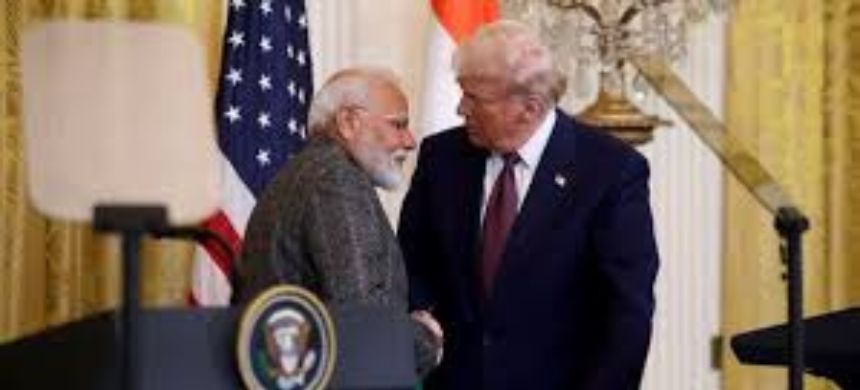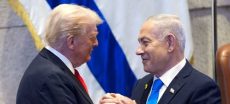U.S. President Donald Trump announced on Wednesday that the United States will impose a 25% tariff on goods imported from India starting on August 1. He also mentioned that India would face an unspecified penalty on the same date, but did not provide further details on the amount or nature of the penalty.
In a post on Truth Social, Trump criticized India’s high tariffs, calling them among the highest in the world, and described their non-monetary trade barriers as “strenuous and obnoxious.” He also noted that India has long been a major buyer of military equipment from Russia and is one of the largest buyers of Russian energy, alongside China, despite global calls for Russia to end its actions in Ukraine.
India’s commerce ministry, which is leading trade negotiations with the U.S., did not respond immediately to requests for comment.
Trump’s decision puts an end to hopes of a limited trade deal between the two countries, which had been under discussion for several months. U.S. and Indian negotiators had worked on resolving issues related to market access, particularly for American agricultural and dairy products. However, Indian officials resisted opening the domestic market to certain imports, such as wheat, corn, rice, and genetically modified soybeans, citing concerns for local farmers.
The new tariffs are expected to impact India’s goods exports to the U.S., which are projected to reach around $87 billion in 2024, including sectors like garments, pharmaceuticals, gems, jewelry, and petrochemicals. India currently faces a $45.7 billion trade deficit with the U.S.
India joins several other countries facing higher tariffs under Trump’s “Liberation Day” policy, which seeks to reshape U.S. trade relations by demanding greater reciprocity. Despite earlier trade deal commitments, tensions remain over issues like agriculture, data governance, and state subsidies.
Also Read: Pakistan Proposes Zero-Tariff Trade Agreement with the US











